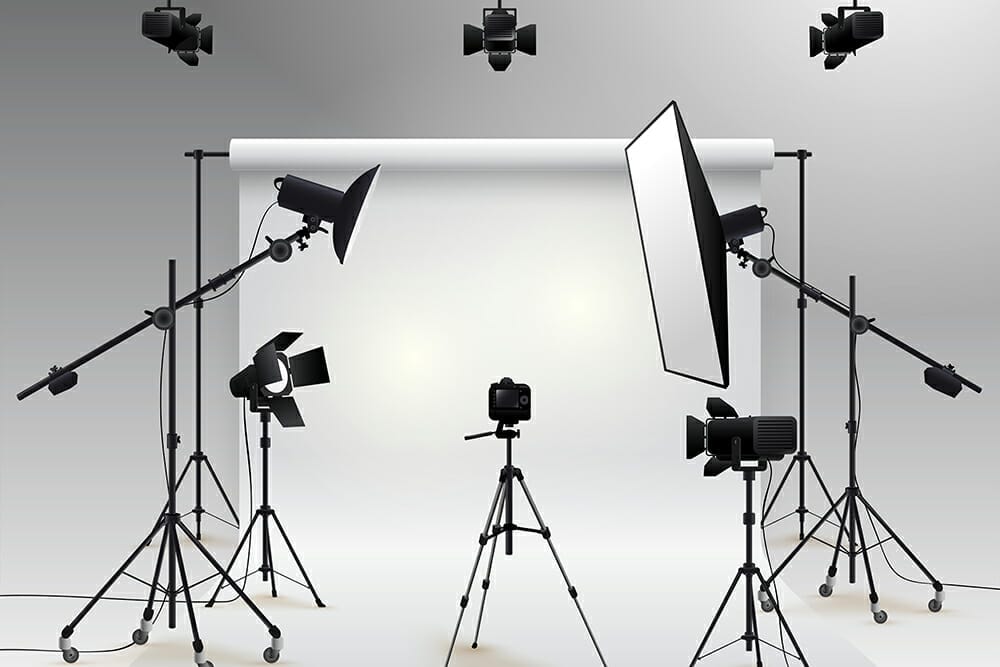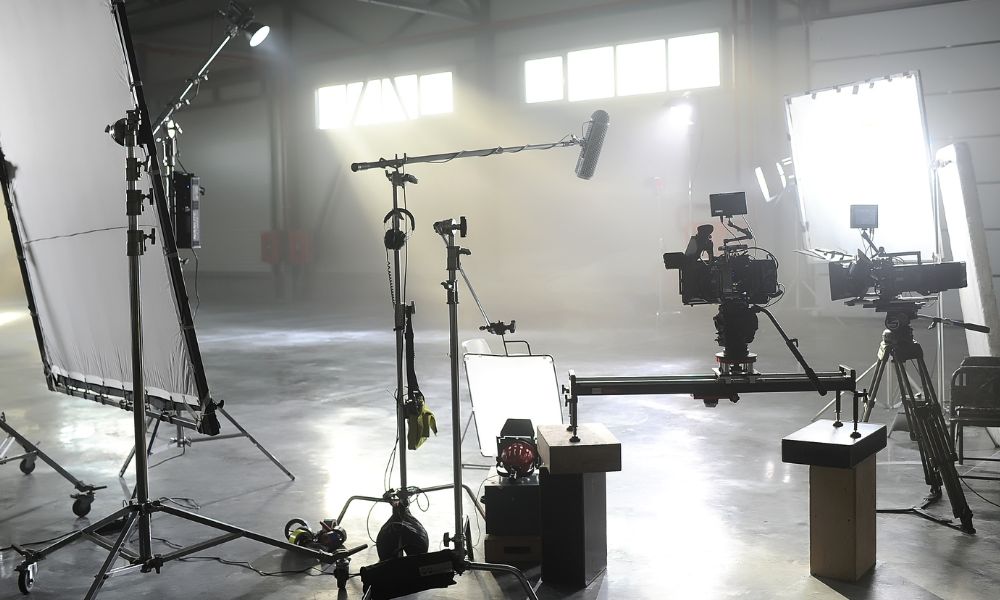What is Lighting in Photography and Why Does It Matter?
Lighting is one of the most crucial elements in photography that can make or break an image. With the right understanding of lighting in photography, professional photographers can create captivating images that evoke emotions and tell compelling stories. But what exactly does it mean and how can one master it? This article will delve deeply into what lighting in photography truly entails and provide insights, tips, and techniques to harness it effectively.

Understanding the Basics of Lighting in Photography
When we talk about lighting in photography, we refer to the way light interacts with the subject, the background, and the camera sensor. Light can come from various sources, and how you use it can significantly impact your photos. The two main types of lighting are natural lighting and artificial lighting.
Natural Lighting
Natural lighting is the sunlight or ambient light available in the environment. It provides a soft and organic feel, ideal for many types of photographyincluding landscapes and portraits. Understanding the quality of light, its direction, and the time of day are essential for taking advantage of natural lighting.
Artificial Lighting
Artificial lighting includes flash units, continuous lights, studio lights, and more. Many professional photographers depend on artificial lighting setups to create specific moods or effects in their images. Mastering artificial lighting allows you to control your environment and achieve stunning results even in low-light conditions.

The Importance of Lighting in Photography
Light is the foundation of photography. Without it, there can be no image. Here are some key reasons why **lighting** is essential:
- Defining Subject: Proper lighting can bring out the details of your subject, giving it dimension and depth.
- Creating Mood and Emotion: Different lighting setups convey different feelingswarm colors can suggest a cozy atmosphere, while harsh shadows can depict drama.
- Highlighting Textures: The angle and intensity of light can reveal textures that would otherwise remain invisible.
Different Types of Lighting Techniques
Within photography, there are various lighting techniques that every professional should know:
- Natural Light Portraits: Utilizing the available sunlight during the golden hour to create soft and flattering portraits.
- Three-Point Lighting: A classic method that uses key light, fill light, and backlight for a balanced setup.
- High-Key and Low-Key Lighting: These techniques create bright, airy looks or dramatic, moody scenes respectively.

Practical Tips for Mastering Lighting
Now that we've established the importance of lighting and its types, how can one master it? Here are actionable tips for professional photographers:
- Experiment with Angles: Move around your subject to find the most flattering light angle. Don't be afraid to get low or high.
- Use Modifiers: Employ softboxes, reflectors, and umbrellas to modify the quality of light. Learn how to set up umbrella lighting.
- Observe Color Temperature: Different light sources have different color temperatures that affect the mood of your photos. Use a gray card to achieve accurate color balance.
- Control Shadows: Shadows can be your friend or enemy, depending on how you manage them. Use fillers or adjust your light source to maintain control.

Lighting Equipment Every Photographer Should Have
No matter if you are a beginner or an advanced photographer, certain lighting equipment can significantly improve your work:
- Footage Lights: Versatile and easily adjustable, perfect for varying lighting conditions.
- Reflectors: Great for bouncing light back onto your subject, ensuring you fill in those pesky shadows.
- Softboxes: Ideal for diffusing light, creating a soft glow that diminishes harsh shadows.
- Strobe Lights: Provides powerful bursts of light that can be controlled via sync cords or remote triggers.
Conclusion
Understanding what is lighting in photography is fundamentally crucial for every professional photographer. Mastery over light opens the doors to creative expression and stunning visuals, creating opportunities for impactful storytelling through imagery. Whether utilizing natural light, or employing complex artificial setups, the key is to practice, experiment, and continually refine your understanding and skills related to lighting.
To deepen your knowledge, check out this insightful piece on the importance of light in photography.
Frequently Asked Questions
- How can I improve my lighting skills? Experiment with various setups, read tutorials, and practice consistently.
- What is the best time of day for natural light photography? The golden hourshortly after sunrise or before sunsetis often the most beneficial.
- Can I use artificial lighting outdoors? Yes! Using battery-operated flashes or portable LED lights can extend your creative capabilities.
As an Amazon Associate, I earn from qualifying purchases.

